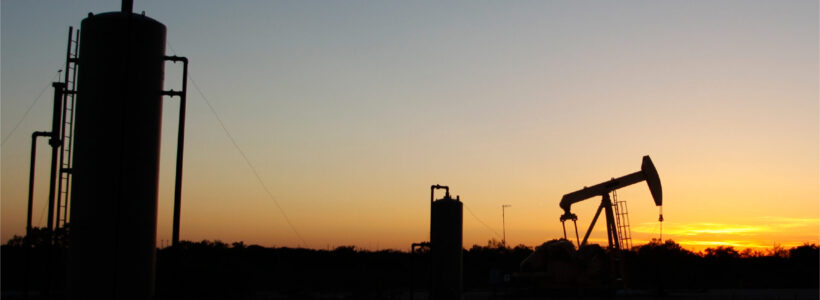The OBBB Ushers in a New Era of Energy Investing: What You Need to Know About Tax Breaks and More
The One Big Beautiful Bill (OBBB) is reshaping U.S. energy investing — and unlocking some of the most powerful tax benefits available to accredited investors. From 100% bonus depreciation and expanded Section 179 limits to permanent QBI deductions and accelerated expensing for drilling equipment, OBBB strengthens the long-standing tax advantages of oil and gas production. Investors can still leverage major deductions such as intangible drilling costs (IDCs), tangible drilling cost expensing, and depletion allowances while benefiting from new incentives designed to boost domestic energy output. With several provisions set to sunset after December 31, 2025, now is a critical time to understand how these tax breaks affect your portfolio, your income, and your overall wealth strategy. Learn how the OBBB impacts working interest owners, what deductions remain fully available, and why oil and gas continues to stand out as one of the most tax-efficient alternative investments.















